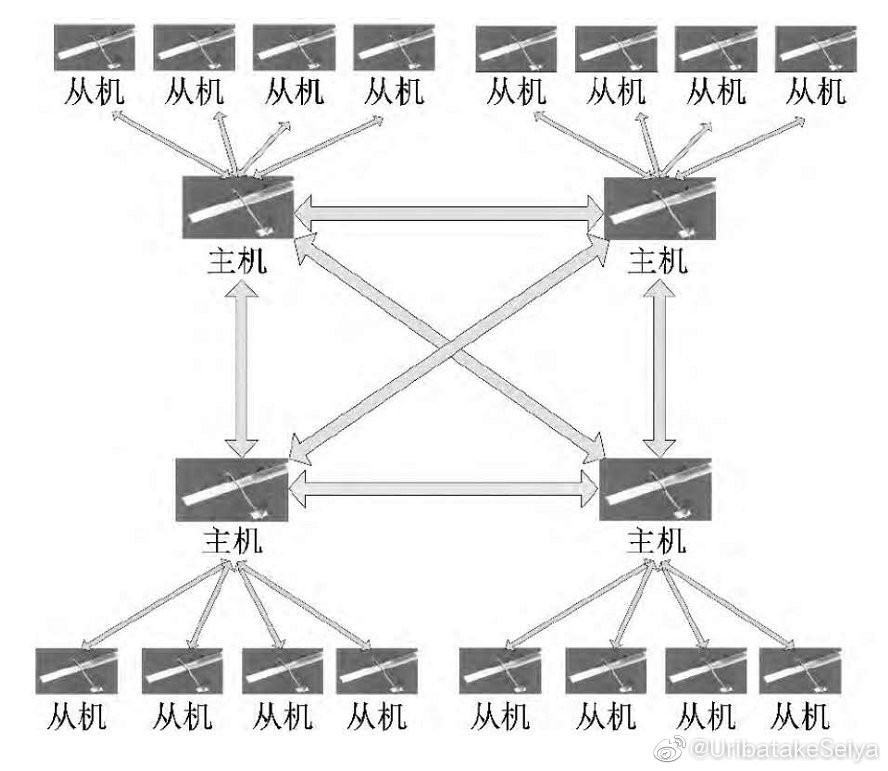According to an official press release from Nanjing University, CETC 14th Institute tested a superconducting single-photon lidar system based on Nanjing University's research and achieved detection and real-time tracking of small low-altitude targets hundreds of kilometers away. The test was carried out in September, 2020.
南京大学超导电子学研究所,继2017年将研制的大口径超导阵列单光子探测器应用于空间碎片探测和2019年月地激光测距等骄人成绩后,近日超导阵列单光子探测器再立新功。从中国电科十四所某试验外场传来消息,超导单光子激光雷达系统,实现了对低空大气层中数百公里外目标的实时跟踪探测,展现了超导单光子探测器的强大应用潜力。
由于光子是光的最小能量单元,具备单光子灵敏度的雷达系统可将激光雷达系统的性能发挥到极致。在单光子激光雷达系统的研究上,团队与中国电子科技集团公司第十四研究所携手合作多年。针对低空大气衰减和湍流等复杂环境下,远距离目标高精度探测难题,团队为单光子雷达系统,最新研制了高灵敏、高精度、高速率的超导阵列单光子探测器,并在今年9月的外场试验中,大幅度提高系统灵敏度和抗环境杂散光能力,成功实现了数百公里外移动和固定小目标的实时跟踪探测。图(1)是单光子激光雷达探测170多公里外山峰的三维重构图像。
图(1).远距离山坡激光雷达图像
超导电子学研究所青年长江学者张蜡宝教授,博士研究课题就是超导单光子探测技术,在吴培亨院士的指导下与团队成员一起攻克了探测器芯片和系统的全部关键技术,于2008年研制出我国第一个超导单光子探测器。经过多年的不懈努力,探测器的性能指标不断提高,从单元器件到阵列芯片,光学口径从9微米到300微米,仪器系统的整体技术水平达到国际先进,部分指标达到国际领先。
2015年以来,针对国家战略需求,与云南天文台等单位合作,将大口径超导阵列单光子探测系统应用到空间碎片的探测研究中,成功探测到2千公里轨道上,0.04平米的空间碎片,填补了我国小空间碎片高精度探测的空白。2017年,利用仪器的光子数分辨功能,通过光子编码技术,大幅度提高了系统的抗背景光干扰能力,解决了复杂气象环境下、长距离目标探测难题。在黄海海域的海面目标探测实验中,实现了70公里范围内的穿透云、雾等测量。2018年Science综述论文(Science 17 Aug 2018: Vol. 361, Issue 6403, eaat2298, DOI: 10.1126/science.aat2298) 在引用中做了这样评述:(该工作)证实在有雾条件下的长距离光子探测的可行性。
2019年,与中山大学等单位合作,首次将高时间精度超导阵列单光子探测器用于40万公里的地月激光测距中,成功测得了月球表面上五组反射镜的回波信号,且精度达到国际先进水平。2020年初,团队与中国科学院深圳先进技术研究院合作,基于该高精度超导单光子探测器研制出近红外二区荧光寿命共聚焦成像系统,首次在近红外二区波段实现三维多色荧光寿命成像。此外,团队研制的超导单光子探测器还在卫星激光测距、量子信息、激光通信等多个领域实现应用。
图 (2). 南京大学研制阵列超导单光子探测器芯片
A Google translation:
Nanjing University Institute of Superconductor Electronics , following the 2017 Nian the development of large-caliber superconducting array of single photon detection is applied to space debris detection and 2019 Nian month to laser ranging , etc. After remarkable success , recently superconducting array of single photon detection The device makes new achievements . From China Electric Division fourteen a field test came the news , superconducting single-photon laser radar system, realizes the low air atmosphere layers in hundreds of kilometers away goal of real-time tracking detection , showing a superconducting single-photon detection device is powerful Application potential .
Since the photon is the smallest energy unit of light , a radar system with single- photon sensitivity can maximize the performance of the lidar system . In the single-photon laser research radar system, the teams with the China Electronics Technology Group Corporation Fourteenth Research Institute to work together for many years. For low-altitude atmospheric attenuation and turbulence in complex environments such as under , long-range target high-precision detection problem , the team as a single photon radar system, the latest development of the highly sensitive, high-precision, high-speed rate of superconducting single-photon detector array , and this year 9 In the month’s field test , the system’s sensitivity and resistance to environmental stray light were greatly improved, and real-time tracking and detection of small moving and fixed targets hundreds of kilometers away were successfully achieved . Figure (1) is a single photon lidar detection 170A three-dimensional reconstructed image of a mountain many kilometers away .

Figure (1). Long-distance hillside lidar image
Superconducting Institute of Electronics youth Yangtze River scholar Professor Zhang Bao wax , PhD research is superconducting single-photon detection technology, under the guidance of academician Wu Peiheng with team members together to capture the probe all the chips and systems of key technologies , to 200 8 in developed China's first superconducting single-photon detectors . After years of unremitting efforts , the performance indicators of the detector have been continuously improved. From unit devices to array chips, the optical aperture is from 9 microns to 300 microns. The overall technical level of the instrument system has reached the international advanced level, and some indicators have reached the international advanced level.
201 5 Nian since , for , the national strategic needs in cooperation with the Yunnan Observatory and other units, the large-diameter superconducting array of single photon detection system applied to space debris of detection studies , successfully detected 2 or thousands of kilometers Orbital, 0.04 square meters of space debris , Filling the gap of high-precision detection of small space debris in China . 2017 years, the number of photons using the instrument resolution function, by photon encoding technology, greatly improve the system of anti-background light interference, to solve the environment under complex weather , long-range target detection problem. In the sea surface target detection experiment in the Yellow Sea , measurements of penetrating clouds and fog within a range of 70 kilometers have been achieved . 2018 Nian ScienceThe review paper (Science 17 Aug 2018: Vol. 361, Issue 6403, eaat2298, DOI: 10.1126/science.aat2298) commented in the citation : ( this work ) proved the feasibility of long-distance photon detection under foggy conditions Sex .
2019 years Zhongshan University and other units cooperation, the first time the high precision superconducting array of single photon detection for 40 to January laser ranging thousand kilometers, the success of the echo signal detected five groups had a mirror surface of the moon, and The accuracy has reached the international advanced level. 2020 Nian Chu , the team with the cooperation of Shenzhen Institute of Advanced Technology Chinese Academy of Sciences, based on the high-precision superconducting single-photon detector developed a near-infrared fluorescence lifetime II confocal imaging system, the first time three-dimensional multi-color fluorescence in the near infrared band II Lifetime imaging . In addition, the team developed superconducting single-photon detector also satellite laser ranging, quantum information, laser communication fields other applications implemented .
Figure (2). Array superconducting single photon detector chip developed by Nanjing University
Related links:





